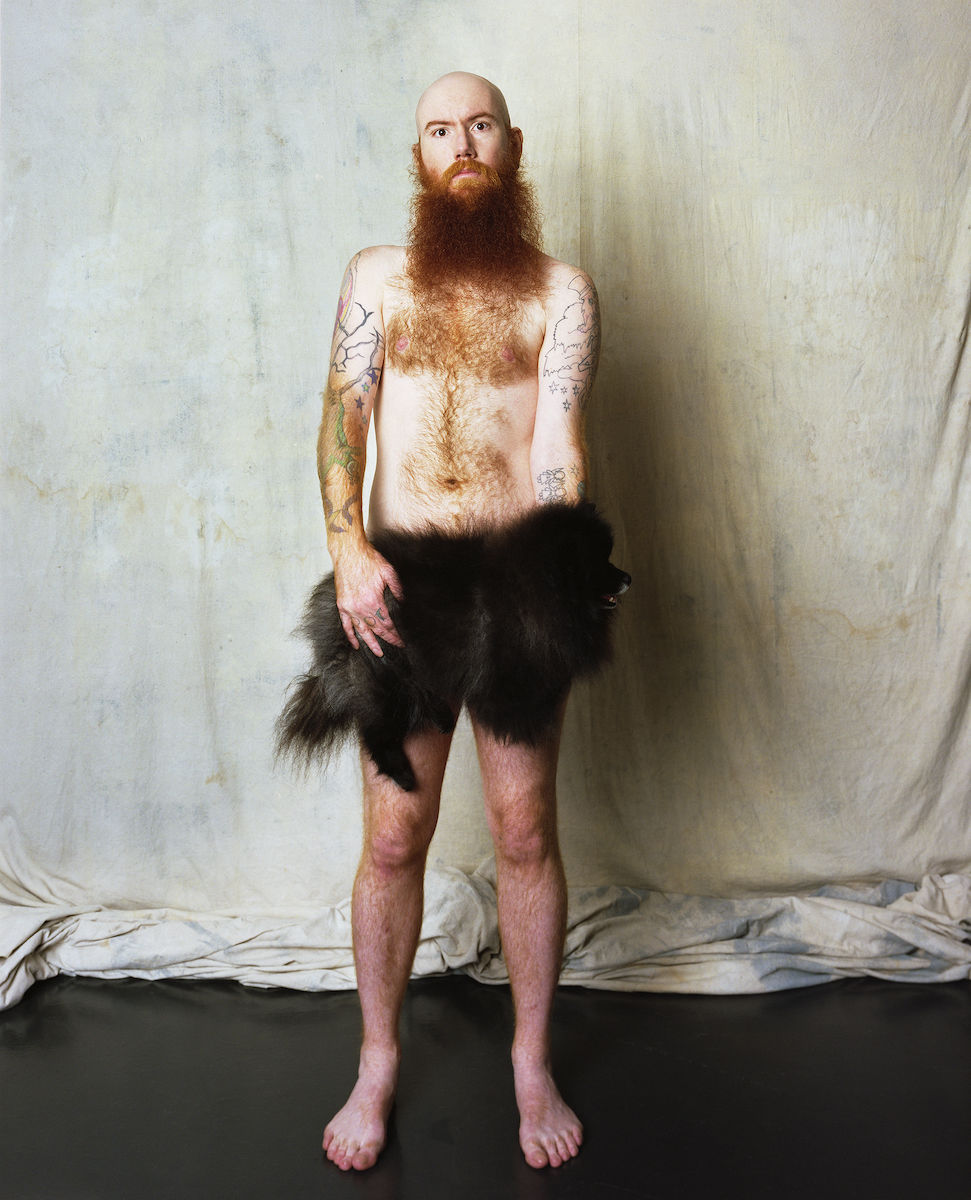It is now a little more than 178 years since the French Academy of Sciences was made aware of the invention of the daguerreotype process. That announcement was made in Paris on 7 January 1839 (a Monday). Accurate news of the invention was published in the Australasian Chronicle in Sydney in August of the same year. This was only forty years before the birth of Einstein. Notwithstanding earlier and, indeed, other concurrent mechanical fixed-image light-exposure experiments taking place on both sides of the English Channel, the date of January 1839 has long been regarded as the birthday of photography. Set against the broad horizon of history the period that has elapsed since then is relatively brief, yet it is almost impossible for us to imagine a world without photographs. Visual perception and visual memory then lacked the stimulus of a daily diet of thousands of photographic images with which to plot the passage of time; to measure or be made far more keenly aware of signs of ageing, for example, or to anchor the famous or the celebrated—or indeed to garner fame itself. Then words and deeds counted for far more than appearance, looks, or the modern concept of “image.” Far vaguer habits of personal recognition were duly tied to memory and description as much as they were jogged along by a diet of images. Besides, that diet was far thinner than our own, and radically different. Concepts as various as objectivity, evidence, documentation, accuracy, even truth of appearance, beauty and decorum were all turned upside down with the advent of the photograph. And the speed with which photography developed and proliferated in vast numbers is perhaps its most remarkable aspect. In his novel Bouvard et Pécuchet, itself set in 1839, Flaubert described Bouvard’s chest of drawers, crowded with “daguerreotypes portraying his friends.” As revolutions go, it is hard to think of one with greater or more sudden impact upon vision or daily life than the invention of photography. It is no accident that the very concept of time itself has evolved in parallel with photography, and just as quickly.
The National Photographic Portrait Prize has just turned ten. For the very young, ten years may feel like an eternity but to those of us in the firm grip of middle age ten years feels alarmingly brief. Yet that period is, of course, a significant proportion (5.6%) of the entire extent of photographic production since 1839. The NPPP has built a head of steam. It has turned into an anthology, an annual snapshot of this Australian society in all our diversity. Over the course of those ten years we have received (and successive judges have considered) more than 16,000 individual entries from all over the country. 465 photographs have been exhibited, and these have embraced every conceivable approach to the medium. Each year there are discernible shifts in mood. As one would expect, the NPPP cannot help but reflect wider trends, even fashions—for example, the current taste for bushy beards. For many years the NPPP appeared to be at least partly preoccupied with extravagant tattoos, however these are now so commonplace that we seem to be witnessing a shift among artist-photographers towards the un-tattooed. Certainly, more broadly, within each show there are portraits that are sombre, quizzical, affectionate, grave, playful, frank, confronting or soothing in equal measure. With the generous, not to say unwavering support of the National Collecting Institutions Touring and Outreach Program, the travelling component of the NPPP has toured to 34 venues spread across all states and mainland territories. So each snapshot of the country has, in turn, been seen and appreciated in many of the places that it strives to represent. And I am assured that of all the portraits that have yet been shown, 26 have also contained dogs; 10 cats; four chickens, and one a monkey.
It is often remarked that nowadays anyone who has a mobile phone and a social media platform is a publisher of photographs, often hundreds even thousands in any given year. Inasmuch as everyone has perforce turned into a photographer, the fine art of professional photography stands atop the iceberg as its tip of excellence. The enduring value of the NPPP is that it stands outside the daily soup of the twitter feed, the Instagram account and the Facebook page. It is a benchmark of quality. It is also a valuable glimpse of how photography can push at the very boundaries of portraiture itself. It celebrates the value of encountering the original work of art in real space with as much time as our visitors need, or (I daresay) as little as they have to spare. And having been judged on their merits, these works of art enter fruitful dialogue each with the next. In other words, added to the task of judgment is the challenge and the opportunity of curating an exhibition, mindful of the cogency of the whole; again, it is in so many respects far more than the sum of its parts.














